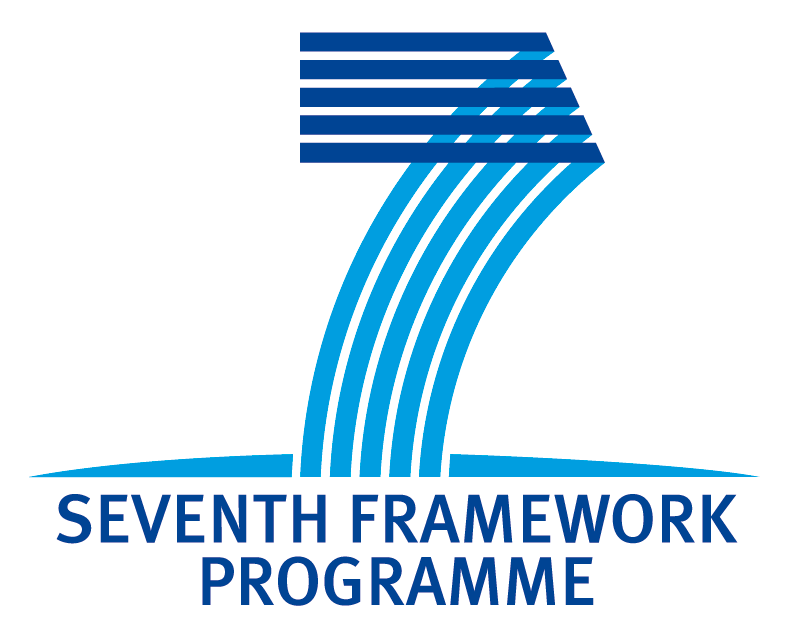Relevance to the objectives of the EU call and topic
The project applies to the call HEALTH-2007-1.4 – Innovative Therapeutic Approaches and Interventions whose expected objectives are â€to research, consolidate and ensure further developments in advanced therapies and technologies with broad potential applicationâ€. To this end, the ultimate goal of AAVEYE is to develop gene therapy strategies for the treatment of inherited severe photoreceptor degenerations with the double advantage of developing i. a potentially safe cure for these blinding diseases but also ii. a proof-of-concept to test new gene therapy tools for the central nervous system (CNS).
AAVEYE specifically addresses the EU topic HEALTH-2007-1.4-5 – Gene therapy tools targeting the central nervous system, which states the following objectives: “Projects should aim to meet specific challenges posed by the central nervous system for gene therapy. Research should focus on developing and validating new gene therapy tools inducing long-lived, safe, cell-type specific and regulated transgene expression in the central nervous system for application in therapy of neurological disordersâ€.
AAVEYE is a direct response to this call. The project focuses on the difficult challenge of designing appropriate vectors for gene expression and phenotypic rescue of photoreceptor cells in the retina, a target desirable due to the frequency and severity of inherited photoreceptor diseases. The consortium plans to address this challenge utilizing and developing vectors based on the adeno-associated virus (AAV) which are able to transduce the retina of animal models, including non-human primates, for long-term, safely and at sustained levels. In addition, the project aims at identifying the best way to ensure cell type specificity utilizing endogenous promoters and taking advantage of specific AAV serotypes that are able to transduce the retina with different cell tropism and efficiency. The project will study two devastating diseases, namely Retinitis Pigmentosa and Leber Congenital Amaurosis (due to mutations in PDE6B and AIPL1 genes, respectively) to demonstrate that this strategy is feasible, safe and leads to phenotypic and functional rescue.
The approach followed up by the consortium is in line with the priority stated in the Health work programme “Emphasis will be put on the translation of basic discoveries into clinical applications including scientific validation of experimental results, the development and validation of new therapies, methods for health promotion and prevention including promotion of child health, health ageing, diagnostic tools and medical technologies, as well as sustainable and efficient health care systemsâ€.
To this end, AAVEYE plans to take advantage of the knowledge obtained to date in the use of AAV vectors as gene transfer tools to further develop and refine their use utilizing physiological promoters in mice and non-human primates (WP1), establish and test the biological activity of vectors in mouse models of human disease (WP2), search for alternative therapies through the knowledge acquired on the effects of growth factors and related molecules in combined therapeutic approaches (WP3), and finally closely collaborate with an SME to develop novel diagnostic tools, to aid and speed the molecular diagnosis of patients affected with inherited severe photoreceptor diseases in order to test the most beneficial therapies (WP4).

